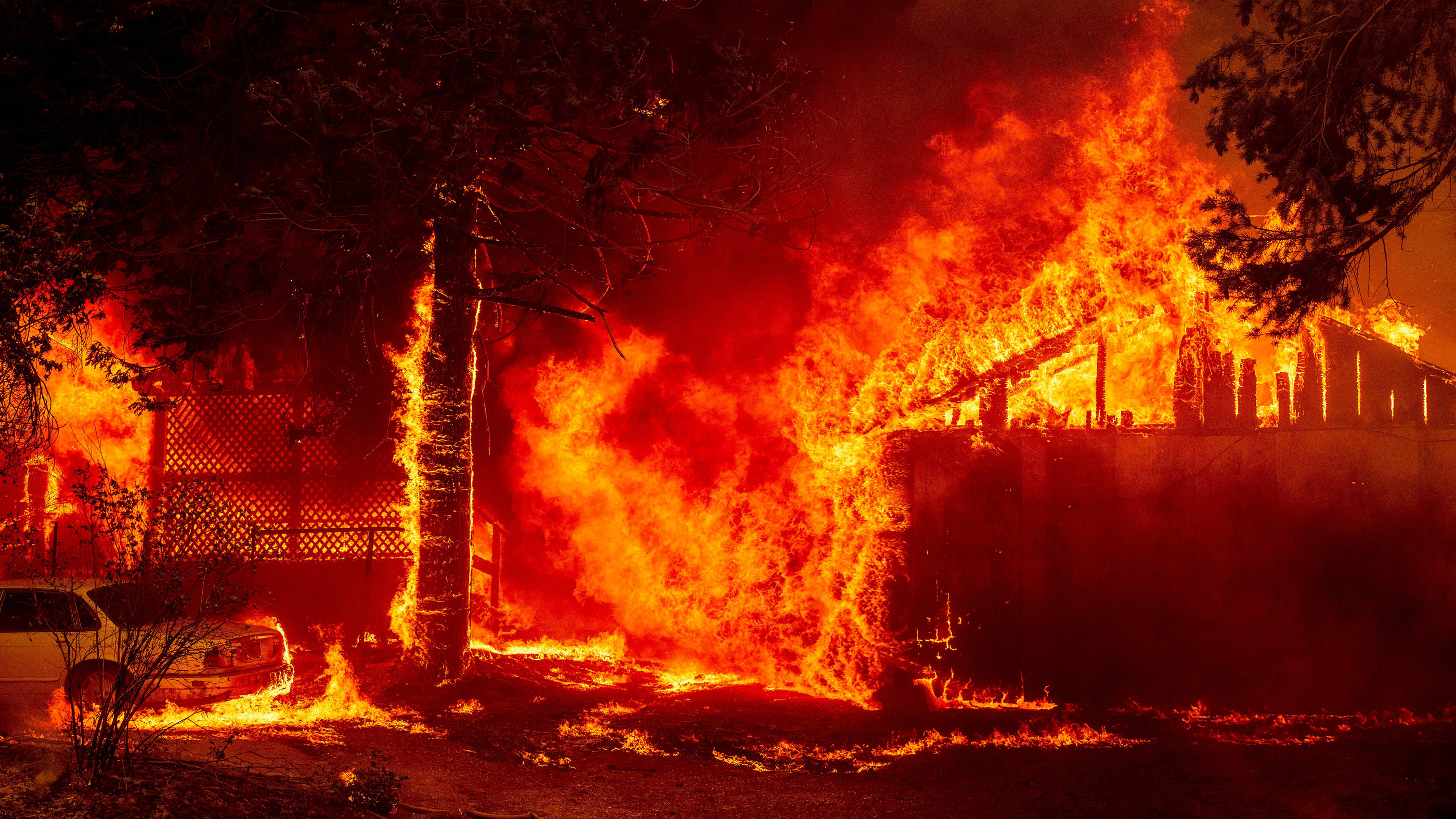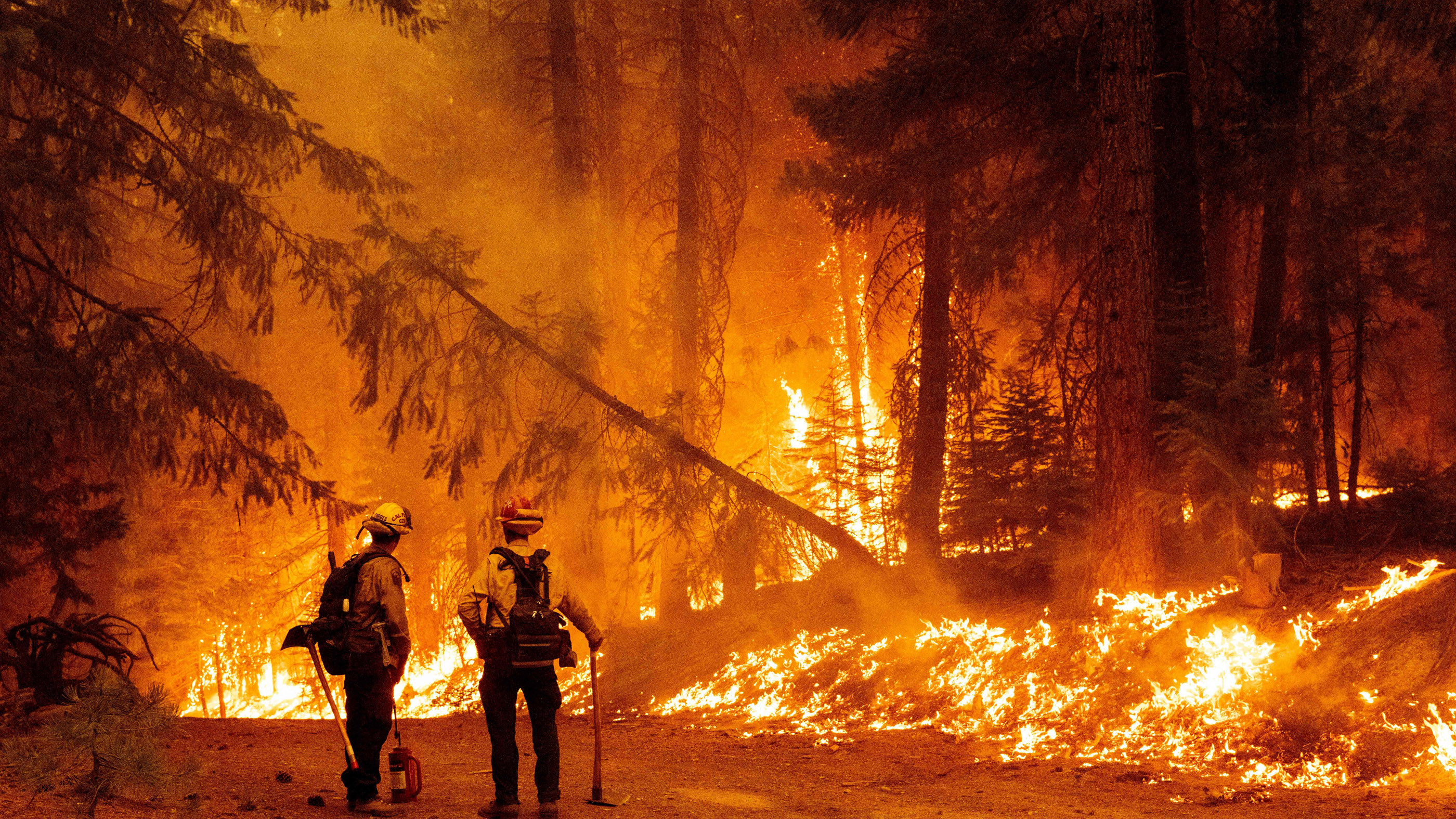Dixie Fire becomes largest in California history

Burning through parched fuel like matchsticks, the Dixie Fire in Northern California has mushroomed in size this week to become the largest single wildfire in the state's history, according to news reports.
The fire, which covers large parts of Butte and Plumas Counties, ignited around midnight on July 14 and has been raging ever since, fostered by the low humidity, high winds and already dried-up foliage, The Washington Post reported.
Dixie decimated the small Plumas County town of Greenville on Wednesday, reducing parts of the downtown to piles of rubble and leveling more than 100 homes in the area, USA Today reported.
Related: Wildfire smoke spreads across US in striking images from space

Overnight Thursday (Aug. 5), the fire grew by about 70,000 acres (28,327 hectares) and as of Saturday morning, it covers an area of 446,723 acres (180,782 hectares), or more than half the size of Rhode Island. Currently, 21% of the fire is contained, according to the California Department of Forestry and Fire Protection (CalFire). "Dry fuels are creating serious resistance to control," CalFire said.
The cause of the fire is still under investigation, according to CalFire. But Pacific Gas & Electric, the utility company in the area, said its equipment could be to blame for starting the blaze, the Post reported.
PG&E is responsible for the catastrophic Camp Fire that burned through 153,336 acres (about 62,000 hectares) in Butte County in 2018, destroying 18,804 structures and resulting in 85 deaths, CalFire reported. That fire was the most destructive, deadliest wildfire in the state's history.
Sign up for the Live Science daily newsletter now
Get the world’s most fascinating discoveries delivered straight to your inbox.
To date, the Dixie wildfire has destroyed 184 structures, damaging another 11, with no injuries or fatalities reported. CalFire says about 13,871 structures are threatened by the fire.
Originally published on Live Science.
Jeanna Bryner is managing editor of Scientific American. Previously she was editor in chief of Live Science and, prior to that, an editor at Scholastic's Science World magazine. Bryner has an English degree from Salisbury University, a master's degree in biogeochemistry and environmental sciences from the University of Maryland and a graduate science journalism degree from New York University. She has worked as a biologist in Florida, where she monitored wetlands and did field surveys for endangered species, including the gorgeous Florida Scrub Jay. She also received an ocean sciences journalism fellowship from the Woods Hole Oceanographic Institution. She is a firm believer that science is for everyone and that just about everything can be viewed through the lens of science.









